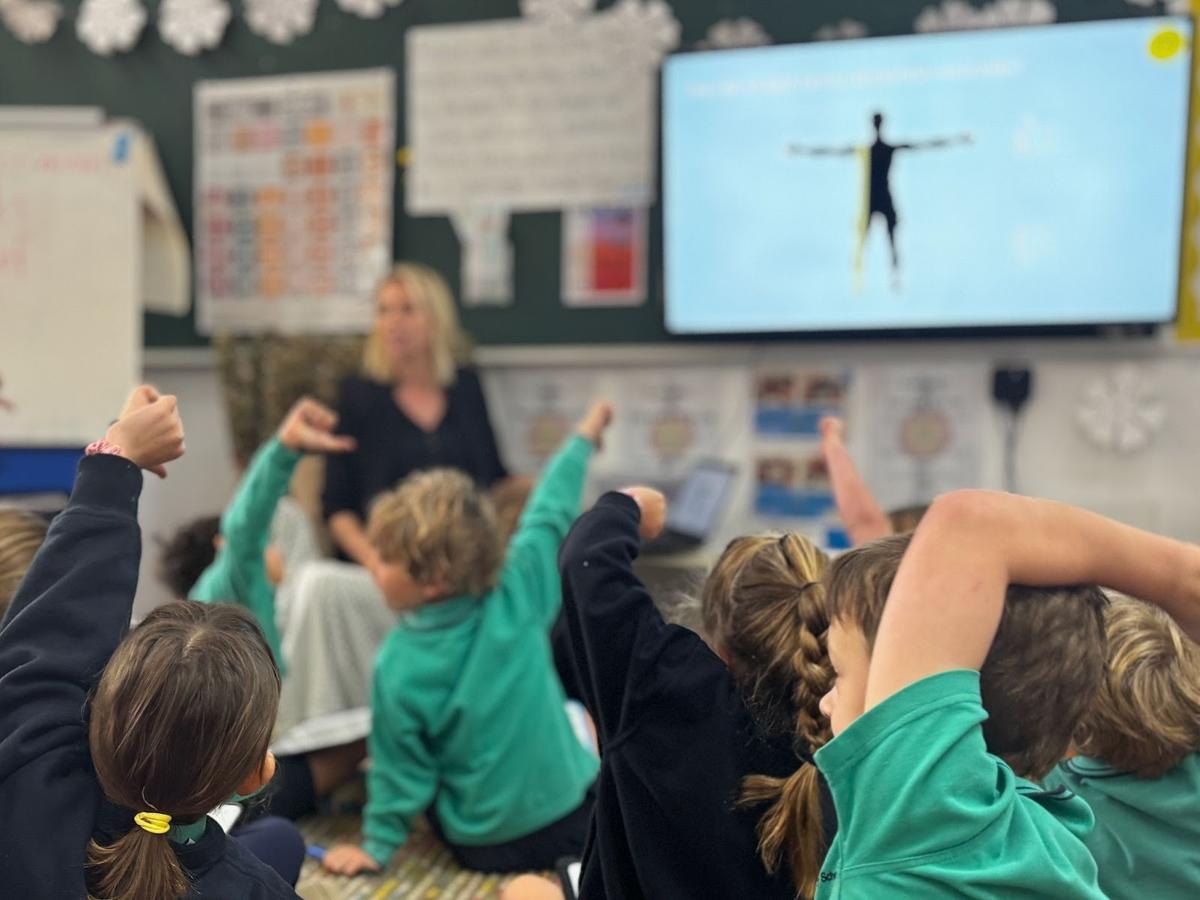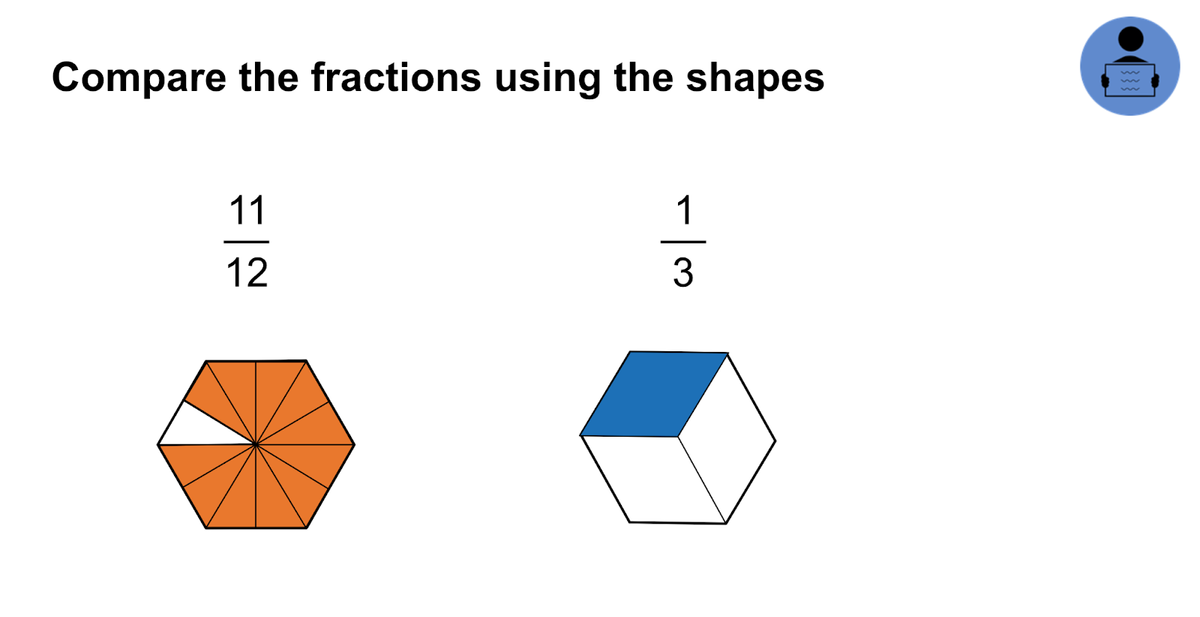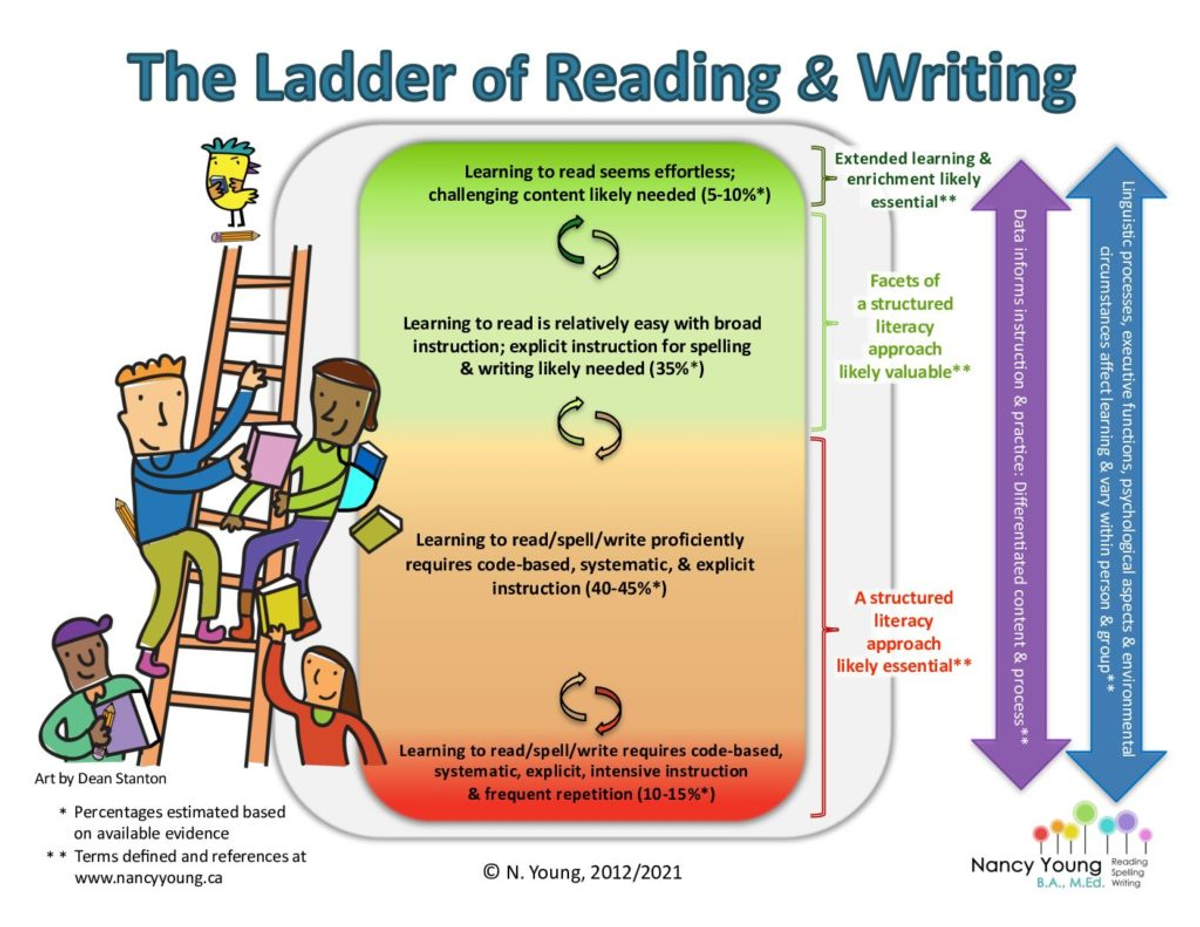Teaching & Learning Page
Ms Charleston & Mr Chapman (Learning Specialists) Gill & Kellie

Teaching & Learning Page
Ms Charleston & Mr Chapman (Learning Specialists) Gill & Kellie
At Surfside Primary School, we are committed to embedding evidence-based practices that support deep and lasting learning in mathematics. One such practice being consistently used across classrooms is the Daily Review – a short, structured session at the beginning of each maths lesson that plays a powerful role in improving student outcomes.


The Daily Review is a predictable and consistent routine that sets students up for success by revisiting and strengthening prior learning. Whether your child is in Foundation learning to subitise or in Year 6 applying fraction operations, this practice ensures that previously taught concepts are not only remembered but become automatic and readily accessible for more complex thinking.
Each Daily Review typically lasts around 10–15 minutes and is designed to support spaced and interleaved practice. This means students are exposed to a mix of previously learned content from across the term (and year), rather than focusing only on the most recent topic. This method has been shown to strengthen long-term memory and build a more flexible understanding.
A key feature of our Daily Review is the use of student whiteboards. These allow all students to work simultaneously, which increases engagement and provides immediate opportunities for students to apply their thinking. Teachers use these moments to gather real-time feedback, adjust their instruction, and celebrate progress.


Importantly, the structure provides many opportunities for students to respond – either by writing, showing, discussing, or explaining. This active participation not only reinforces knowledge but also builds confidence, particularly when students see their growth over time.
The Daily Review is a small but mighty component of our mathematics instruction, and it reflects our whole-school commitment to high-impact teaching strategies that support all learners. We encourage families to talk with their children about the concepts they revisit and celebrate the routines that are helping build confident, capable mathematicians.
Building Strong Readers: What great phonemic awareness and phonics instruction looks like and how you can help at home!)
At Surfside Primary School, we use evidence-based approaches to help every child learn to read with confidence. Two of the most important building blocks are phonemic awareness and phonics. Here’s what they mean, what they look like in the classroom, and how you can support your child at home.
Phonemic awareness is the ability to hear, identify, and play with the individual sounds (called phonemes) in spoken words. This is all done without letters—it’s about listening to and working with sounds.
In the classroom, children build this skill by:
Phonics connects sounds to letters. It’s about teaching children how written letters (graphemes) match spoken sounds (phonemes). This helps children decode unfamiliar words when reading and encode words when spelling.
In the classroom, effective phonics instruction is:
You can support what’s happening at school with fun, simple games. No special equipment needed—just your time and attention!
Just 5–10 minutes a day of playful practice at home can make a huge difference in your child’s confidence and progress. If you’re ever unsure about what your child is learning or how to help, please reach out—we’re always here to support you!
Together, we can build strong, joyful readers—one sound at a time.

